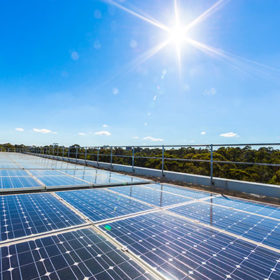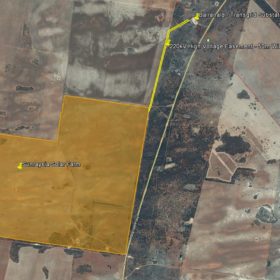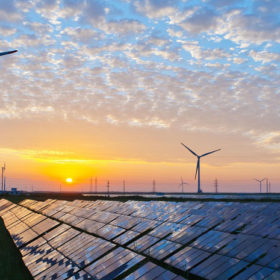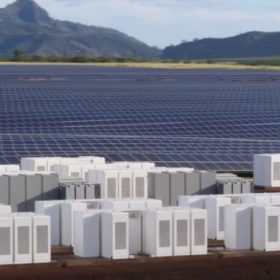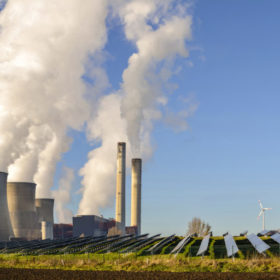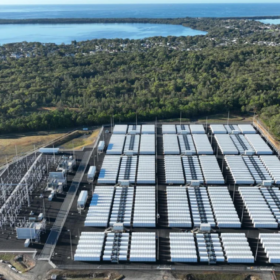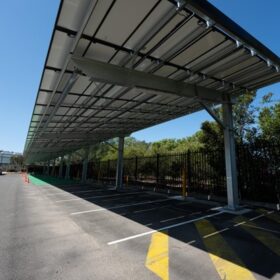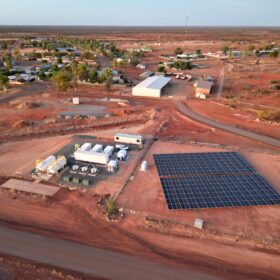RateSetter to deliver South Australia’s Home Battery Scheme
Peer-to-peer lender RateSetter has been named the exclusive administrator of the South Australian government’s Home Battery Scheme. Based on a funding deal with the Clean Energy Finance Corporation, RateSetter will offer $100 million in loans in cases when the upfront costs of the home battery system installations are not met by the South Australia government subsidies.
ARENA backs renewables marketplace for businesses
The goal of the Business Renewables Center initiative is to help Australian businesses and local governments procure 1 GW of installed renewable energy by 2022 and 5 GW by 2030.
ARENA backs Monash University microgrid trial
The Australian Renewable Energy Agency announced it was partnering with Monash University and software provider Indra Australia to trial a microgrid on Monash’s Clayton campus in Melbourne. The microgrid will cover 100% of the campuses’ electricity needs with renewable energy.
World reacts to IPCC report
A snapshot of how politicians, scientists, institutions, industry, and civil servants have reacted to the Intergovernmental Panel on Climate Change (IPCC) report, released yesterday.
Maoneng secures financing for 255 MWp Sunraysia Solar Farm
In addition to securing debt financing from a consortium of banks, the Australian-Chinese renewables developer has entered into a long-term equity partnership with global infrastructure investor John Laing for the investment and development of the Sunraysia Solar Farm. John Laing confirmed it will invest $108.6 million in the project, taking a 90.1% stake.
Macquarie provides capital for 11 GW Pilbara renewable energy hub
The Asian Renewable Energy Hub’s generation capacity has been boosted from 9 GW to 11 GW, as Macquarie Group has pledged to invest in the project that aims to export power to South East Asia, as well as supply big miners and green hydrogen projects in the Pilbara region, Western Australia.
Big crowds as All Energy kicks off with major announcements
The All-Energy Australia 2018 exhibition & conference kicked off in Melbourne today. Safety of products and quality assurance was prominent in discussions at the country’s largest PV conference and trade show in its early hours. Big funding announcements at the opening plenary made headlines.
SMA to launch Sunny Tripower inverter in Australia
Despite lowering its 2018 sales and earning guidance, the German solar PV inverter manufacturer is moving forward with solutions, and is now looking to introduce a new three-phase string inverter to the Australian market. SMA says Australia has become one of its key PV markets.
Renewables 2.0: Preparing for the new complexity of renewable energy in a post-subsidy world
As the deployment of renewable energy continues to expand around the world, driven by various inputs, such as capital allocation and investment, falling capital costs, competitive LCOE and various policy mechanisms, we are now moving towards a new era for renewable energy. ‘Renewables 2.0’ will have significant, wide-ranging consequences for all market players, as regulators reduce their support and power producers seek new revenue models. In this article, Duncan Ritchie, partner at Apricum – The Cleantech Advisory, will look at the key market developments for renewables, explode the myth of grid parity, highlight the need for flexibility and explain the importance of new financing solutions that are capable of meeting the new complexities brought about by ‘Renewables 2.0’.
Banks turn their back on coal amid emissions concerns
While global coal mining companies are enjoying the highest prices in years on the back of strong Asian demand, banks and financiers are increasingly ending their support for coal power. London-based Standard Chartered the latest to stop financing new coal-fired stations.


